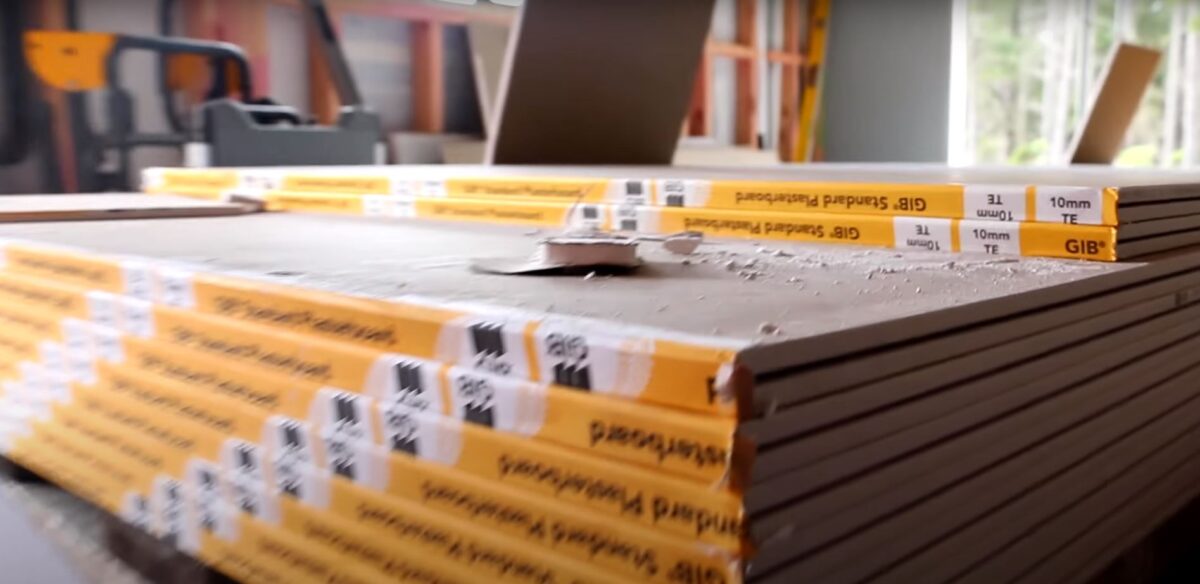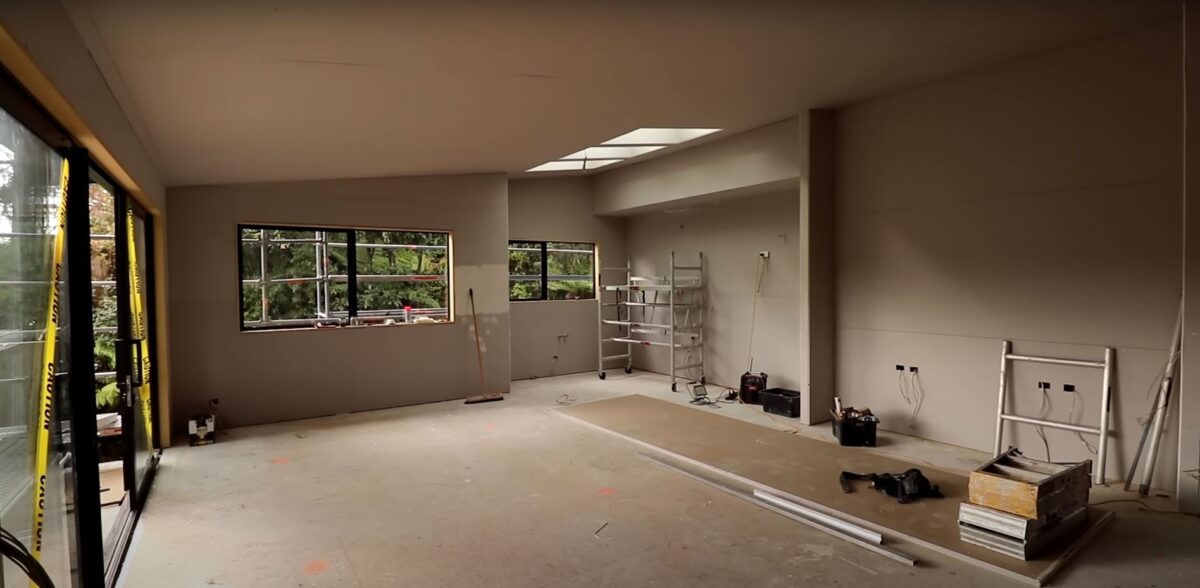The Weighty Matter of GIB Plasterboard
Diving into GIB’s Make-Up
Understanding the weight-bearing capacity of any material starts with delving into its composition. GIB plasterboard, a staple in Auckland’s construction realm, is primarily crafted from gypsum encased in paper liners. These liners offer a seamless finish, essential for interior designs, while the gypsum grants structural sturdiness. However, the core question remains: how much weight can it genuinely hold?
Weight Capacities Explained
While GIB plasterboard is durable, its weight-bearing ability is not limitless. For everyday items like paintings, small shelves, or lightweight fixtures, the plasterboard holds up well. Yet, when considering hanging heavier items, such as large mirrors or hefty artwork, the dynamics change.
- Light items (<5kg): Direct fixing to the plasterboard suffices.
- Medium items (5-15kg): Use of specialised anchors or wall plugs becomes necessary.
- Heavier items (>15kg and nearing 20kg): Anchoring to the wall studs or joists becomes mandatory.
Auckland’s Unique Construction Quirks
If you’ve been around Auckland, particularly in suburbs like Parnell or Remuera, you’d be aware of the eclectic mix of home designs, from Victorian villas to modern apartments. This variety can lead to differences in wall construction and GIB fixing methods. For instance, in Parnell, the charm of older villas could mean dealing with lath and plaster walls, requiring different fixing strategies compared to the more modern homes in Remuera. Thus, understanding your home’s age and construction becomes paramount when considering weight-bearing on plasterboards.
Council Bylaws & Their Impact
It’s imperative to touch upon the Auckland Unitary Plan. The bylaws, especially those revolving around renovations in heritage zones, can influence how gib stopping or fixing is executed. In certain zones, like those in Remuera, consent may be mandatory for substantial structural changes. In contrast, for suburbs like Mount Eden, the regulations might be slightly different due to its zoning specifications. Always check with the local council to ensure compliance.
Holding Capacities of Various GIB Boards: A Snapshot
| Type of GIB Board | Weight Capacity | Use Case | Pros | Cons |
| Standard GIB | Up to 5kg | Walls & Ceilings | Versatile & Cost-effective | Limited weight capacity without anchors |
| Sound Stop GIB | Up to 7kg | Sound Insulated Rooms | Enhanced weight capacity & noise insulation | Slightly pricier |
| Fire Stop GIB | Up to 5kg | Safety-focused areas | Offers fire resistance | Cost can be higher |
The Imperative for Professional Expertise
With the technical aspects of weight-bearing and the varying Auckland construction landscape, leaning on the knowledge of seasoned gib stopping and gib fixing contractors becomes a sensible choice. Not only do these experts navigate the nuances of plasterboard installations, but they also ensure that the weight distribution on the walls is safe, functional, and aesthetically pleasing.
Tools & Materials: More Than Meets the Eye
Venturing into gib stopping or fixing isn’t merely about the plasterboard. A host of tools and materials come into play:
- Anchors & Wall Plugs: Essential for weighty fixtures.
- Stud Finders: A non-negotiable to detect wall studs accurately.
- Specialised Screws: To ensure optimal weight distribution.
While these might seem straightforward, each home, especially those in Auckland’s diverse suburbs, might require a unique approach. Couple this with the importance of aesthetics, and the task quickly elevates in complexity.
Why Professional Engagement Makes Sense
Taking on a gib fixing project isn’t just about securing items to a wall. It’s an intricate dance of weight distribution, aesthetic alignment, and ensuring safety standards. With Auckland’s unique housing tapestry and stringent bylaws, professional engagement isn’t just recommended – it’s a practical necessity. If your home renovation involves gib stopping or gib fixing, ensure the task is executed flawlessly by engaging a seasoned contractor, who can seamlessly navigate these complexities.
Frequently Asked Questions
What is the primary material of GIB plasterboard? GIB plasterboard is predominantly made from gypsum, a mineral known for its durability and fire resistance, encased in paper liners.
How does the age or style of an Auckland home impact GIB fixing? Older Auckland homes, especially those in suburbs like Parnell with a rich history, may have walls that differ from modern construction. These homes might feature lath and plaster walls, requiring specialized gib fixing methods compared to newer constructions in places like Pokeno.
Do I always need a professional for gib stopping or fixing in Auckland? While DIY enthusiasts might attempt minor gib-related tasks, given the technicalities of weight distribution, aesthetic considerations, and Auckland-specific bylaws, engaging a professional gib stopping or gib fixing contractor is often the best approach.
Which GIB board is ideal for sound insulation? The Sound Stop GIB is specially designed for sound insulation, making it a popular choice for rooms where noise reduction is crucial.
Is there a fire-resistant GIB plasterboard available? Yes, the Fire Stop GIB offers enhanced fire resistance and is ideal for areas where safety is a prime concern.
Are there any Auckland council regulations I should be aware of before gib fixing? Yes, especially if you reside in heritage zones or specific suburbs with strict renovation regulations. Always check with the local council to ensure your renovations, including gib stopping and fixing, are compliant.
How do I ensure my fixtures are safely anchored to the plasterboard? For fixtures nearing the weight limit of the plasterboard, always ensure they’re anchored to wall studs or joists. For additional security, consider using specialized anchors or wall plugs, especially for medium to heavy items.

